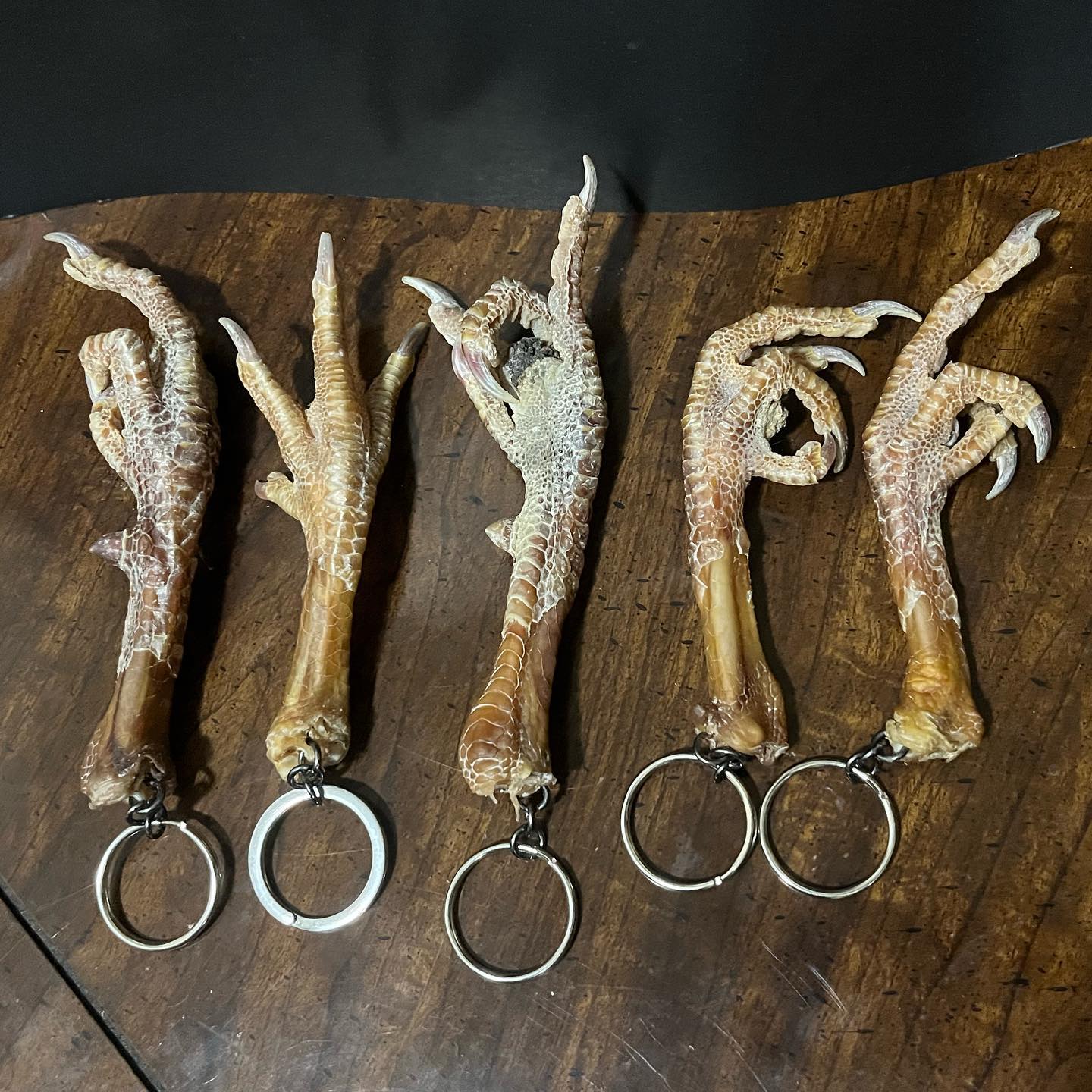
Salt and Borax for Dry Preservation
Preserving an animal specimen using salt and borax is a reliable method for ensuring that the specimen remains intact and free from decay. This method is suitable for small animals, hides, or parts of animals.
Materials Needed
Gloves: To protect your hands from bacteria and chemicals.
Sharp knife or scalpel: For skinning and fleshing the specimen.
Non-iodized salt: Used to draw out moisture.
Borax (sodium borate): Aids in further drying and deters pests.
91% isopropyl alcohol: For disinfecting and accelerating the drying process.
Container or tray: To hold the specimen during salting.
Syringe: For injecting alcohol into dense tissue areas.
Pins: For positioning the specimen.
Cardboard or styrofoam: For mounting the specimen during drying.
Tweezers (optional): For delicate work that requires more accuracy.
Preparation
Always wear gloves to protect yourself from bacteria and chemicals and choose a well-ventilated, clean space to work in.
Skinning the Animal (If Preserving the Hide)
Using a sharp knife or scalpel, carefully skin the animal if you are preserving only the hide. Take care not to puncture or tear the skin. For whole small animals, you can skip this step.
Use the knife or a scraper to carefully remove all flesh, fat, and connective tissue from the hide. For whole animals, make an incision and remove as much internal tissue and organs as possible.
Soaking in Isopropyl Alcohol
For whole animals, use a syringe to inject 91% isopropyl alcohol into the body cavity and other dense tissue areas. This ensures thorough penetration and accelerates drying.
Submerge the hide or small animal in 91% isopropyl alcohol for 24-48 hours. This step disinfects the specimen and begins the drying process.
Positioning the Specimen
Place the hide or animal on a piece of cardboard or styrofoam. For hides, stretch it out and pin it in place to maintain its shape. For whole animals, pose them as desired and use pins to secure them in place.
Drying After Alcohol Soak
After soaking, remove the specimen and allow it to air dry for a few hours in a well-ventilated area. This allows excess alcohol to evaporate.
Applying Salt
Generously apply non-iodized salt to the flesh side of the hide or the entire body of the small animal. Ensure every part, especially crevices and folds, is well-covered.
Place the salted specimen in a container or tray, and let it sit for 24-48 hours in a cool, dry place. This process draws out moisture and prevents bacterial growth.
Removing and Reapplying Salt
After 24-48 hours, shake off the old salt, which will be damp from absorbed moisture.
Generously apply fresh salt and repeat the process. This step may need to be repeated several times until the specimen is thoroughly dried.
Applying Borax
Once the specimen is relatively dry from the salt process, apply borax. Rub borax thoroughly into the flesh side of the hide or all over the body of the small animal. Borax helps in further drying and has pest-deterrent properties.
Make sure all parts are well-covered with borax, paying special attention to areas that might retain moisture.
Final Drying
Place the specimen in a cool, dry, well-ventilated area away from direct sunlight. Allow it to dry completely, which could take several weeks depending on the size and humidity levels.
Periodically check the specimen to ensure it's drying properly and reapply borax if necessary.
Tips for Successful Preservation
If desired, salt and borax can be mixed for the drying process, it will have the same effects on the specimen.
Keep the specimen in a dry environment to prevent mold or mildew.
Thorough drying can take several weeks, so be patient.
Dispose of used salt, borax, and alcohol safely, as they may contain bacteria and other contaminants from the specimen.